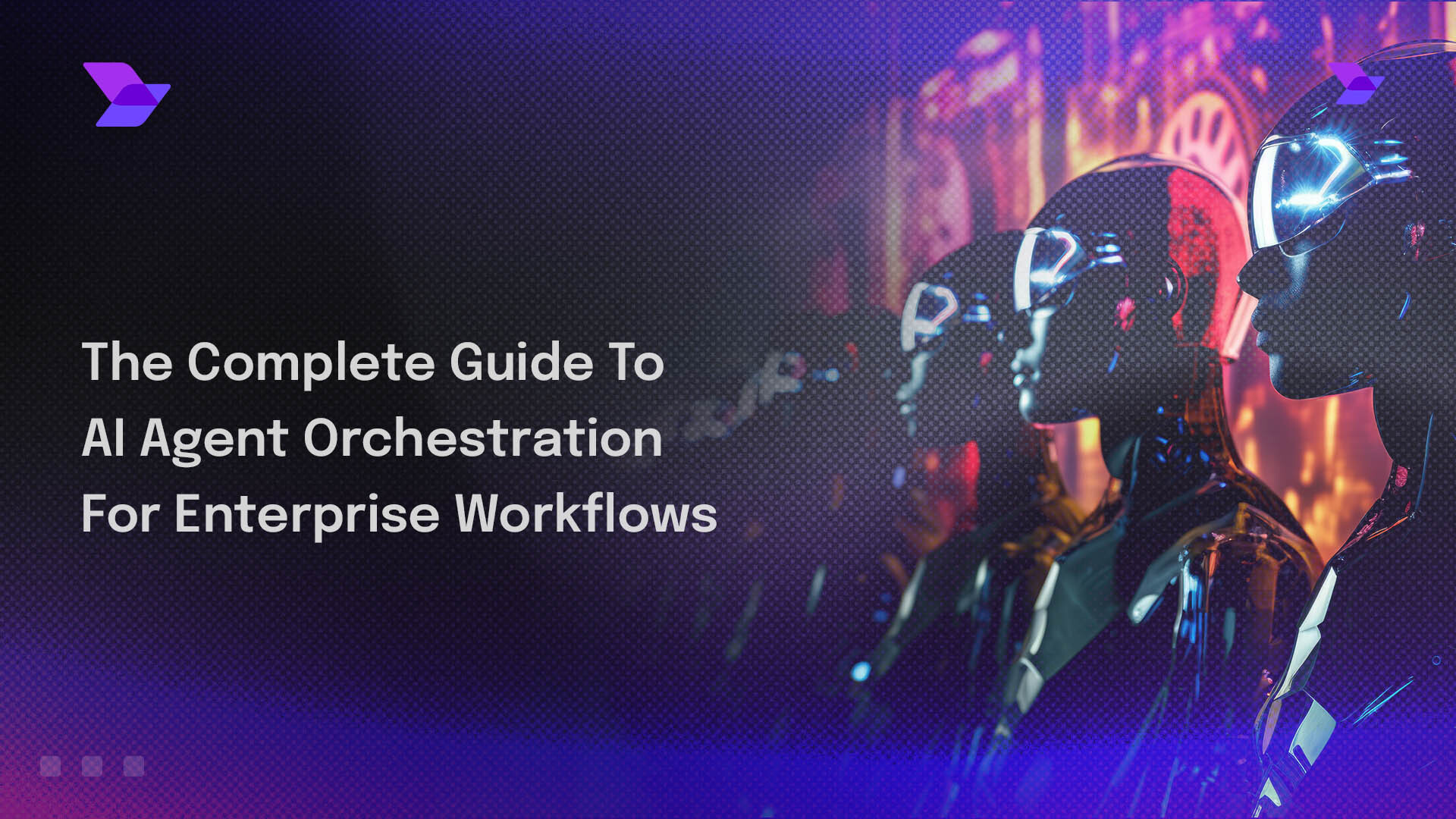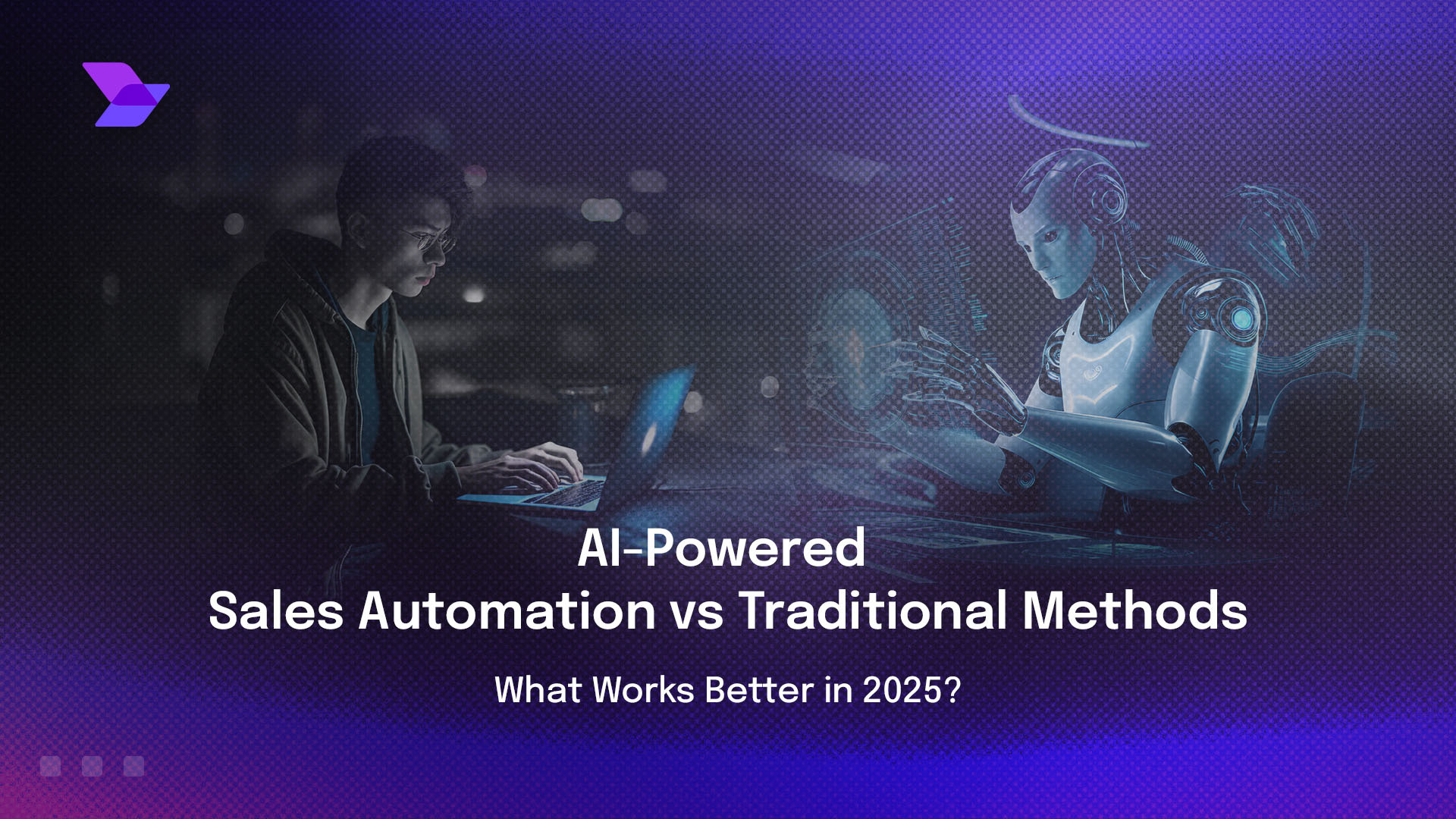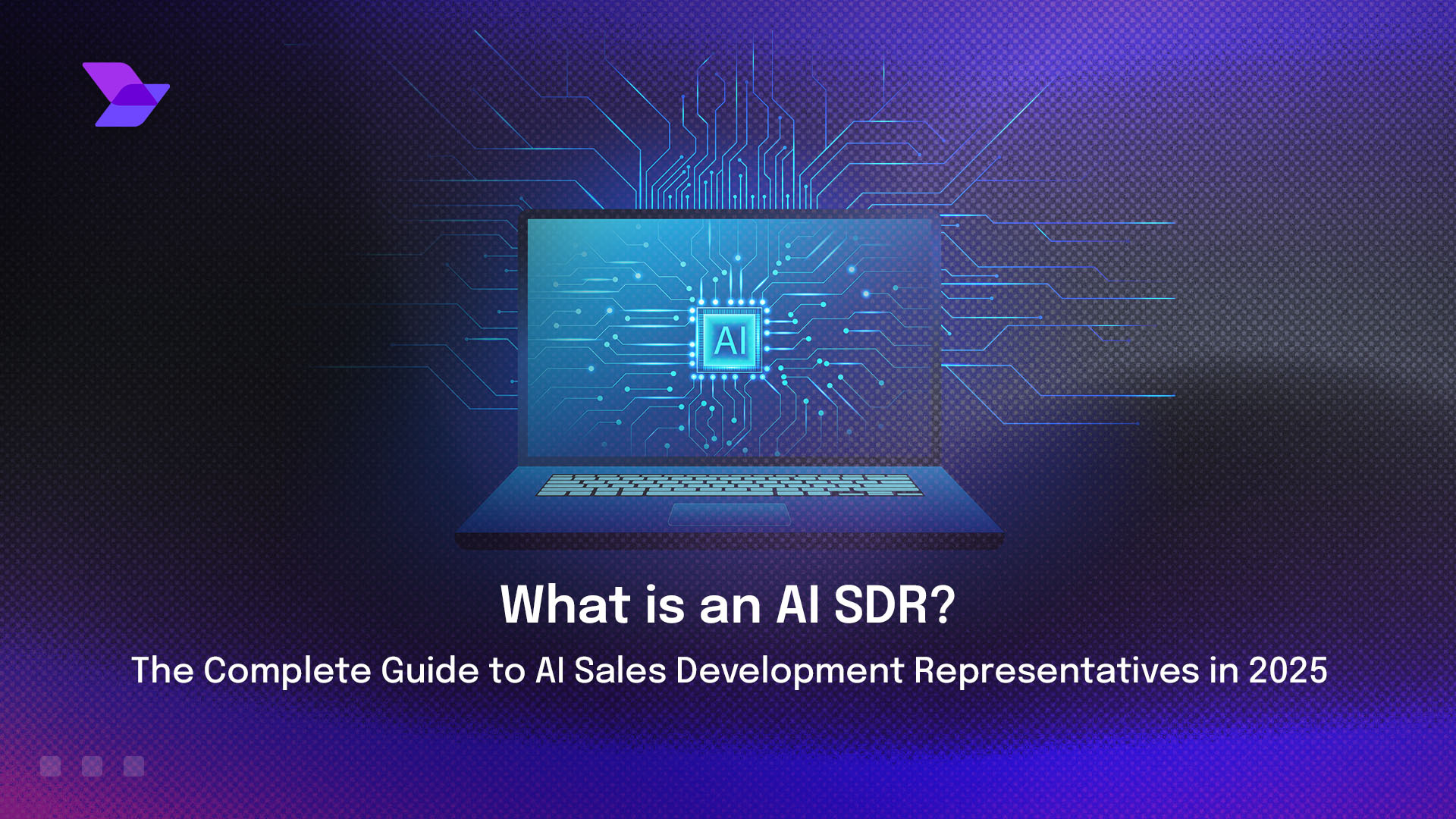Table Of Contents
Category
AI SDR
AI Agent
Ai Agent Workflows
AI agent orchestration is changing how businesses run their daily operations. With more companies using digital workers powered by artificial intelligence, there is a growing interest in how to manage and connect these agents within larger workflows. This guide explains what AI agent orchestration means and how it fits into modern enterprise environments.
Readers can expect to learn what AI agent orchestration is, how it works, and the main types used in business. The guide also covers implementation steps, common challenges, and where the technology is headed next.
1. What Is AI Agent Orchestration For Enterprise Workflows
AI agent orchestration for enterprise workflows is the systematic coordination and management of multiple AI-powered digital workers that collaborate to complete complex business processes across departments and systems.
An AI agent is a software program that uses artificial intelligence to perform tasks, make decisions, or solve problems by understanding data or interacting with other systems. In enterprise settings, these agents handle tasks like customer support, document processing, or data analysis.
Orchestration means organizing, scheduling, and managing how multiple AI agents work together to complete larger, multi-step business processes. This involves assigning tasks, sharing information, and ensuring different agents interact smoothly across various company tools and departments.
- Intelligent coordination: Multiple agents work together, sharing tasks and information
- Process automation: Handles repetitive or complex workflow steps without human involvement
- Cross-system integration: Agents connect with various company software and platforms
- Adaptive decision-making: Agents adjust their actions based on real-time data and changing business needs
2. Why Orchestrating AI Agents Matters For Modern Enterprises
Many organizations use automation to handle repetitive tasks, but these systems often work in isolation. Different departments or tools automate their own steps without sharing information or working together. A customer service chatbot might answer questions while a separate system handles order processing.
With AI agent orchestration, digital workers connect and collaborate across departments and software systems. Instead of each system acting alone, agents share context and hand off tasks. When a customer places an order, an orchestrated workflow might involve a chatbot confirming details, an agent checking inventory, and another arranging shipping all without manual coordination.
3. How AI Agent Orchestration Works
AI agent orchestration uses several technologies to manage how different AI agents work together within business processes. An orchestration system assigns tasks, shares information, and coordinates timing so each agent completes work in the correct order.
3.1. Core Components
- Orchestration engine: Directs workflow between agents based on process rules and real-time information
- Agent registry: Stores information about available AI agents and their capabilities
- Integration layer: Connects agents to external software, databases, and APIs
- Context manager: Maintains shared information that agents use for decision-making
- Monitoring system: Tracks performance and provides feedback for improvements
3.2 How Agents Coordinate
Agents coordinate through events signals that something has happened or needs to happen. When a customer submits an order online, the orchestration engine receives this event and instructs a chatbot agent to confirm order details. Once confirmed, an inventory agent checks if items are available. If items are in stock, a fulfillment agent arranges shipping.
At each step, agents communicate status updates back to the orchestration engine, which decides what happens next based on the current context and business rules.
4. Types Of AI Agent Orchestration Approaches
4.1. Centralized Control
Centralized control uses a single system to manage all AI agents and their tasks. The orchestration engine acts like a conductor, assigning roles and making decisions from one place. This approach works well for organizations with well-defined processes that rarely change, especially in finance or regulated industries.
4.2.Decentralized Coordination
Decentralized coordination allows each AI agent to make decisions based on shared information and local context. Agents communicate with each other and decide how to proceed as a group. This creates flexibility for dynamic environments where tasks change frequently, like logistics networks or distributed customer support.
4.3. Hybrid Model
The hybrid model combines centralized control with decentralized coordination. Some decisions are managed centrally while other actions are left to agents to coordinate among themselves. Many modern AI agent orchestration platforms allow configuration of both approaches.
5. Implementing AI Agent Orchestration
5.1. Define Business Goals
Organizations start by identifying which business processes are suitable for automation. Teams review workflows and look for repetitive, time-consuming, or error-prone tasks.
Key questions to consider:
- Which processes occur most frequently and consume significant employee time?
- Where do manual handoffs cause delays or mistakes?
- What tasks require consistent decision-making based on data?
5.2 Select An AI Agent Orchestration Platform
Platform selection involves evaluating technical and business requirements:
- Integration capabilities: Compatibility with current software and databases
- Scalability: Ability to handle increased volume over time
- Security features: Support for access controls and audit logging
- Customization options: Flexibility to define agent roles and workflows
5.3. Configure And Train Agents
Setting up AI agents involves specifying responsibilities and operating parameters. This includes defining agent roles, training on company-specific data, and setting boundaries to control agent actions and establish escalation paths for uncertain situations.
6. Benefits Of Multi-Agent Collaboration
6.1. Enhanced Efficiency
Multi-agent collaboration increases the speed and accuracy of business processes. When multiple agents handle different workflow steps, overall process times often decrease significantly.
- Reduced manual intervention: Lower error rates through automation
- 24/7 operation: Faster response times for customer requests
- Automated handoffs: Eliminate delays between workflow stages
6.2. Parallel Task Execution
Multi-agent orchestration allows several agents to work on different parts of a workflow simultaneously. In customer onboarding, one agent verifies identity documents while another sets up user accounts and a third checks compliance status. Tasks that once occurred sequentially now happen in parallel.
7. Common Challenges And Solutions
7.1. Implementation Pitfalls
- Incomplete data integration: Map out all data sources and test each integration point with real data
- Unclear agent roles: Define and document each agent's tasks and limits before deployment
- Security gaps: Use secure channels for agent communication and enforce access controls
7.2. Governance Strategies
Establish a governance team with members from IT, security, legal, and business units. Design security policies covering agent authentication, access permissions, and data encryption. Create escalation procedures for exceptions with defined thresholds for human operator involvement.
8. AI Agent Orchestration Tools And Platforms
8.1. Dedicated Platforms
Purpose-built orchestration platforms offer customizable interfaces and enterprise-focused features. Ruh AI provides a digital workforce platform with orchestration capabilities, agent management, and compliance features for enterprise environments.
8.2. Open-Source Frameworks
Open-source frameworks like Apache Airflow allow developers to build custom orchestration systems. These tools provide libraries and APIs for designing agent coordination but require programming skills and system architecture knowledge.
8.3. Cloud Solutions
Major cloud providers offer orchestration capabilities as part of their platforms. AWS Step Functions, Azure Logic Apps, and Google Cloud Workflows provide workflow automation integrated with cloud services.
9. Future Of AI Agent Orchestration
AI agent orchestration will become more autonomous over the next few years. Systems will use advanced decision-making models that allow agents to adapt to changes in real time. Context sharing between agents will expand using richer data sources and more sophisticated knowledge graphs.
Integration with emerging technologies like edge computing and Internet of Things devices is projected to grow. AI agent orchestration could connect digital workers with physical assets in manufacturing, logistics, and healthcare settings.
10. Getting Started With Orchestrated AI
AI agent orchestration coordinates digital workers to complete complex tasks across business processes. This approach connects different systems, automates routine steps, and enables agents to share context and make decisions together.
Companies like Ruh AI are developing solutions that make AI agent orchestration accessible to enterprises of all sizes. To explore how AI agent orchestration can transform your workflows, book a demo.
11. FAQs About AI Agent Orchestration For Enterprise Workflows
How do companies measure ROI from AI agent orchestration projects?
Ans: Organizations track time saved on manual tasks, reductions in error rates, and increases in completed transactions within specific time periods to calculate return on investment.
What security measures protect orchestrated AI agents in enterprise environments?
Ans: Companies implement access controls limiting agent interactions, encrypt data in transit and at rest, and maintain audit trails recording all agent actions and data changes.
Which departments typically lead AI agent orchestration implementations?
Ans: Implementation teams usually include IT architects and data engineers for technical expertise, plus process owners and compliance specialists to align with business objectives and regulatory requirements.








.jpg)

